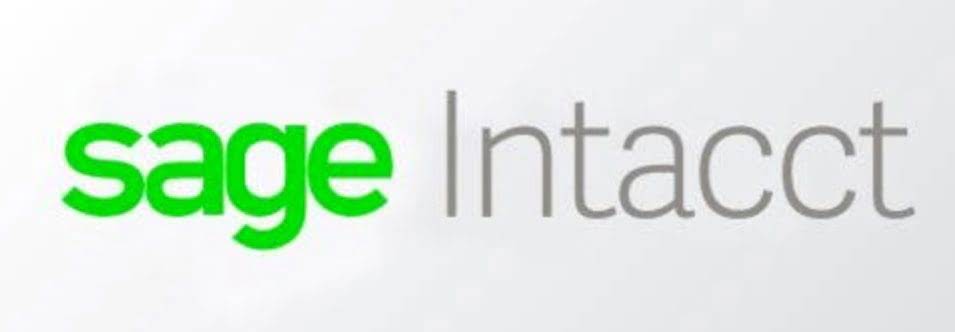
It usually requires certified public accountants (CPAs) to do the job as it involves a lot of judgment. Suppose an accountant from company X is counting the final accounts receivable balance. The accountant realizes that 5 out of the 100 accounts will be missing payments; therefore, those 5 accounts will be labeled as uncollected amounts. Suppose a furniture business wants to sell some of its furniture to a local mall. The business will update its balance sheet and determine the net realizable value as part of its accounting process. The NRV is an excellent method to use when facing a situation of joint costs.

Everything You Need To Build Your Accounting Skills

To calculate, the selling price of the asset is considered and then, the other costs incurred to achieve the sales is subtracted from it. These costs are disposale costs, including transport fees, taxes, etc. As we discussed, accountants use the NRV method when calculating their company’s accounts receivable balance. We also mentioned that when computing the NRV, we must deduct the costs of uncollected payments on the balance sheet. To calculate the sale price per unit for the non-defective units, only the selling costs need to be deducted, which comes out to $55.00. Net realizable value is an important metric that is used in the lower cost or market method of accounting reporting.
- For example, suppose a company’s inventory was purchased for $100.00 per unit two years ago, but the market value is now $120.00 per unit at present.
- Net realizable value is a critical concept in accounting, used to ensure that the value of assets on financial statements is not overstated.
- This is because both nest baskets are produced using the same materials and goods, incurring identical costs.
- The net realizable value is an essential measure in inventory accounting under the Generally Accepted Accounting Principles (GAAP) and the International Financing Reporting Standards (IFRS).
- For example, certain industries may necessitate dealing with customers that have riskier credit profiles, thus forcing the company to experience larger write-off allowances.
Key components of NRV
The „Generally Accepted Accounting Principles“ (GAAP) and „International Financial Reporting Standards“ (IFRS) both acknowledge this valuation method as a credible one. Since 5% of the inventory is defective, that means 500 units require repairs. CFI’s Reading Financial Statements course will go over how to read net realizable value a company’s complete set of financial statements. Loosely related to obsolescence, market demand refers to customer preferences, tastes, and other influencing factors. In addition to a good becoming outdated, broad markets may be interested in substitute products, advanced products, or cheaper products.
Why TranZact Is the Ideal Sales and Inventory Management System for Your Business
However, inventory i2 and the preparation cost to sell this inventory i2 remain the same at $70 and $30, respectively. If the economy is doing well, there is more money to spend overall, and consumers are not worried about overspending. Business X believes it can sell its basketballs to Company Y for $20 each because the current market situation for basketballs is not strong since football is becoming increasingly popular.
NRV Calculation Example
That’s why they prioritize customers with higher credit strength, as they have higher NRV. An accounts receivable balance is the total amount of charges that companies will receive according to the NRV. It is the gross amount of AR minus any payment for doubtful accounts. Net realizable value can also refer to the aggregate total of the ending balances in https://www.bookstime.com/ the trade accounts receivable account and the offsetting allowance for doubtful accounts. This net amount represents the amount of cash that management expects to realize once it collects all outstanding accounts receivable. Net realizable value affects the cost of goods sold (COGS) by determining the lower value between the cost and NRV for inventory.
What do you understand about the net realizable value method?
- We have helped accounting teams from around the globe with month-end closing, reconciliations, journal entry management, intercompany accounting, and financial reporting.
- The company may also lack the resources to pursue delinquent receivables.
- The principle of conservatism requires accountants to choose the more conservative approach to all transactions.
- The market value of this inventory i2 is $200, and the preparation cost to sell this inventory i2 is $30.
- Subtract the allowance for doubtful accounts from the total accounts receivable.
- One of the primary uses of net realizable value is inventory valuation in accounting.
The cost to prepare the widget for sale is $20, so the net realizable value is $60 ($130 market value – $50 cost – $20 completion cost). Since the cost of $50 is lower than the net realizable value of $60, the company continues to record the inventory item at its $50 cost. Consequently, net realizable value is also known as cash realisable value. The terms „net realizable value“ and „current assets“ are frequently used concerning inventory and accounts receivable. If a customer fails to pay on time, the accountant must consider this when reporting the final accounts receivable balance and subtract the uncollected amount as a potential loss.


The total production and selling costs are the expenses required to facilitate the trade. When using NRV calculations for cost accounting, these expenses are the separable costs that can be identified or allocated to each good. Alternatively, this „expense“ may be the anticipated write-off amount for receivables or expenses incurred to collect this debt.

